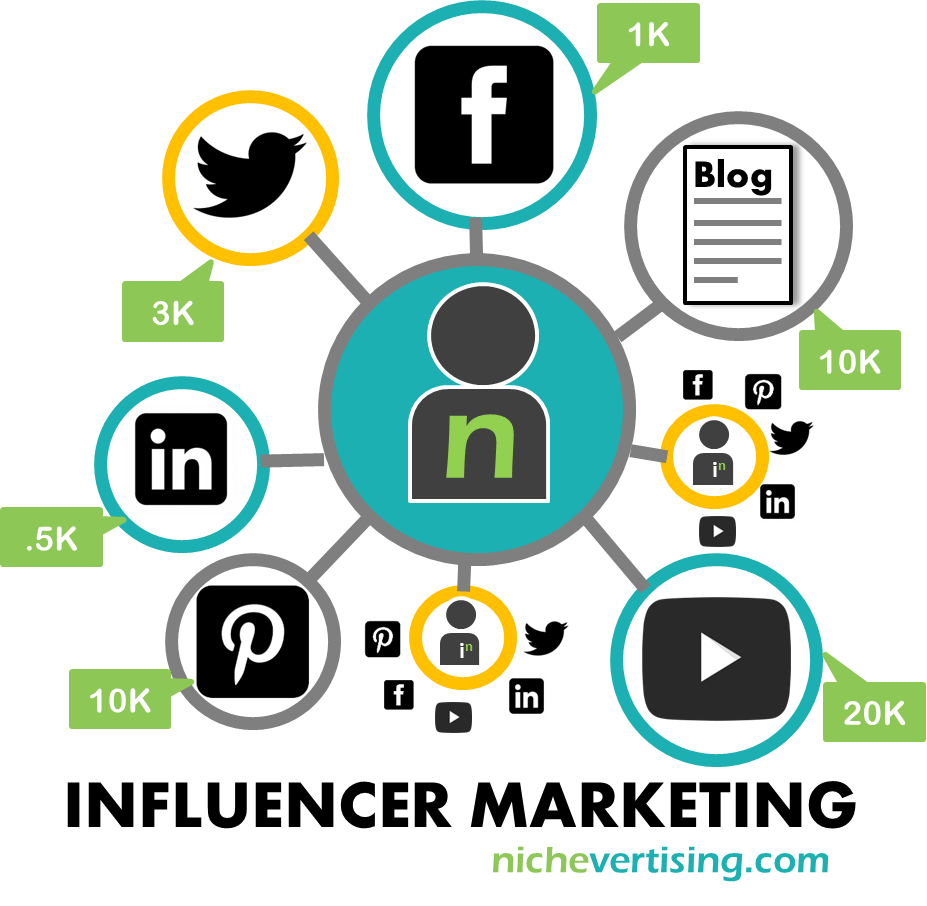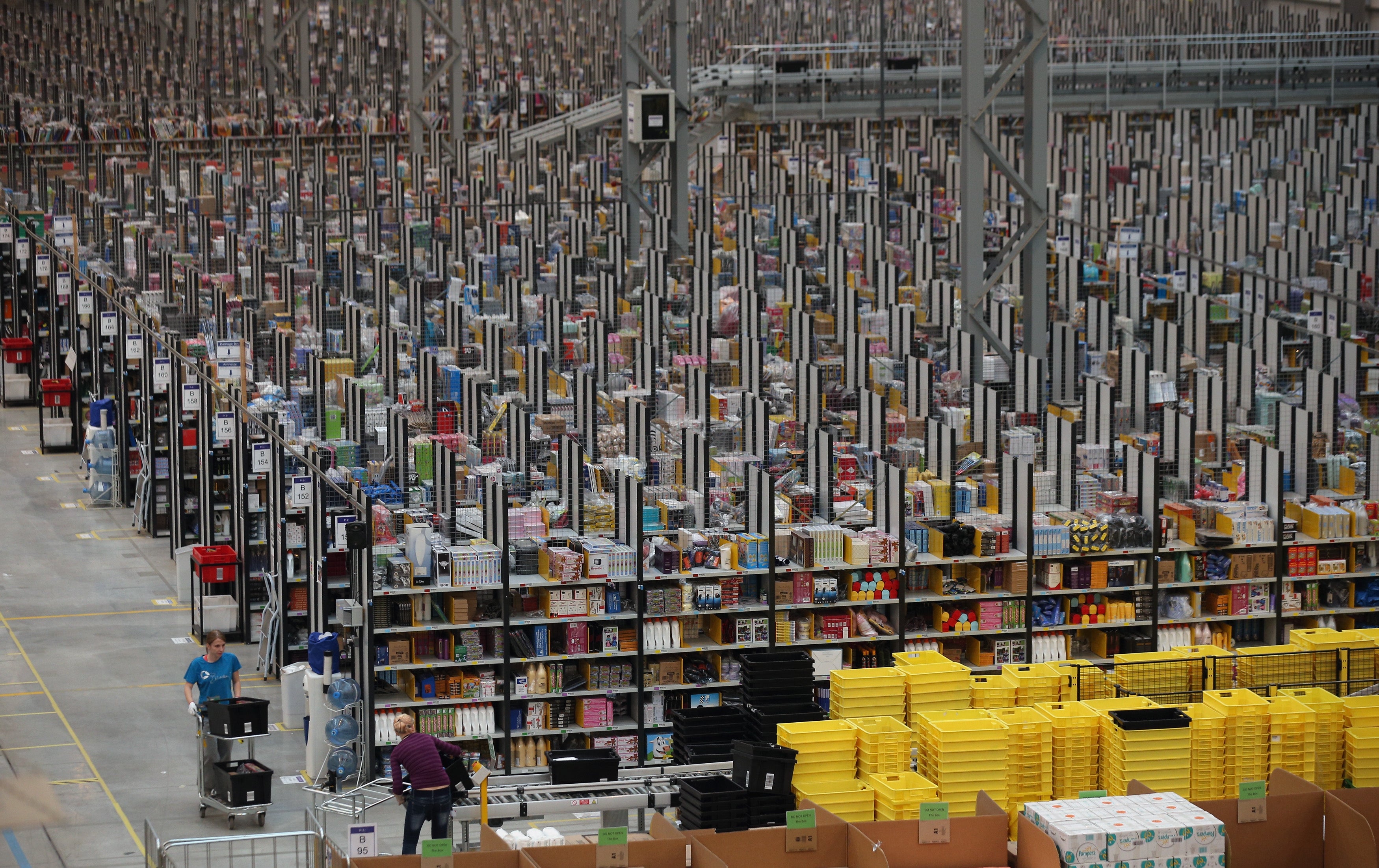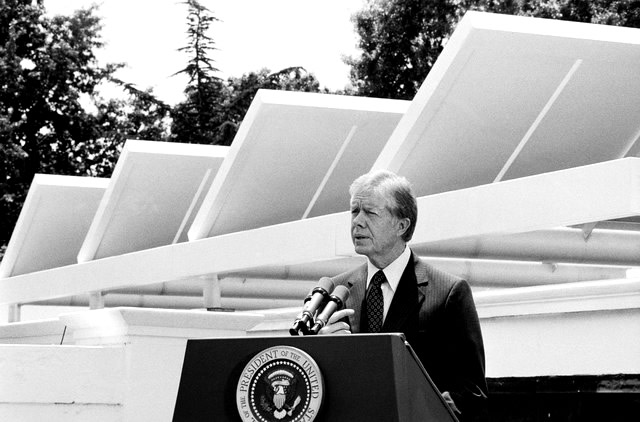According to a recent article by Skyword magazine, 2016 is “the year of the influencer.” In a world where people are bombarded by information, consumers still predominantly make decisions by using the advice of friends, family, and trusted online presences like blogs, Youtube channels, and sites. The article posits that marketing in this day and age has become about influencers and less about traditional channels, which people are more likely to shut out or ignore.

In a situation like this one, it’s possible to engage in short-term relationships with influencers, such as when Professor Milne would send Robeez to various family blogs in order to build buzz and get reviews from people that are trusted into the hands of consumers. However, these relationships exist in flux, and very often have little behind them but the product. For producing an unbiased review this is ideal, but in the age of influence, a company should think about investing in long-term relationships with influencers and working to turn them from basic influencers producing content about a subject to a advocate working to advance the goals and causes of a company.
In much the same way that companies build relationships with consumers, the same must be done with influencers. I personally connect much more with companies that I feel appreciate my feedback and input, and care what I have to say. There are companies as well like Bose that I have interacted with in the past in a negative way, and have completely turned me off mentioning them or recommending them to others. While I cannot say that I am an influencer in general, the truth is that the same methods apply to just about any person, young or old. There’s a desire to connect with products, especially in the tech and outdoor gear worlds, to not only have them deliver solutions to the customer but also to be a part of their life, and share in their experiences. In such a world, building advocacy relationships with a consumer is not only sustainable business-wise, but it’s the ideal move to make.

The future is this: A company can release a new product or sustainability initiative, and more and more of the marketing will be done for them by a network of “advocate influencers.” As public relations rise in importance and company needs the public to be aware and yet avoid the stigma of greenwashing or simply trying to build hype, turning influencers into full-on advocates will be even more important, and the best way to do that? Develop relationships with them, take what they say into account, and give them some trust. They’ll do the same for you.



